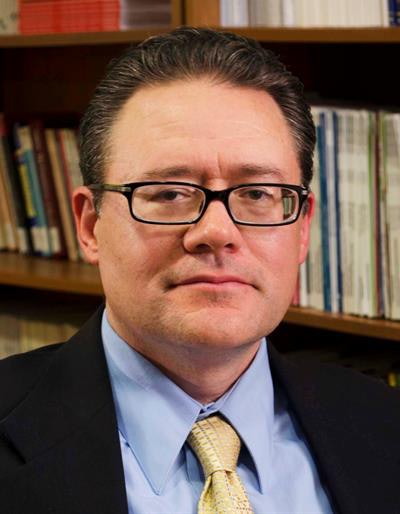
Immigrants in the U.S. experience significantly worse oral health than individuals who were born in the country, according to new research published in the Journal of the American Dental Association. However, oral health disparities were negated after the researchers adjusted for whether individuals had insurance.
 Fernando Wilson, PhD.
Fernando Wilson, PhD.The study explored how immigration and citizen status affect the quality of oral health of those living in the U.S. (JADA, March 31, 2018). The findings imply a need for dentists to better reach immigrant communities, noted lead study author Fernando Wilson, PhD.
"Our study findings call for increased outreach to the immigrant community, targeted oral health interventions, and improved access to dental care for noncitizen immigrants, especially since they face numerous economic and legal barriers to seeking dental care," Wilson told DrBicuspid.com.
Wilson is an associate professor at the University of Nebraska Medical Center College of Public Health in Omaha. The other authors are from the University of Wisconsin-Milwaukee, City University of New York, and the University of Alabama at Birmingham.
The epidemiological paradox
Immigrants represent a sizeable portion of the U.S. population. As of 2016, about 44 million immigrants were living in the U.S., according to the Migration Policy Institute. About half of U.S. immigrants were naturalized citizens, while the other half were noncitizens, including permanent residents, residents with temporary visas, and illegal immigrants.
While multiple studies have explored how immigration and citizen status affect overall health, fewer have investigated the link between immigration and oral health. Therefore, the researchers decided to examine this relationship, including how race and ethnicity, socioeconomic status, access to care, and health insurance affect the dental health of U.S. natives, naturalized citizens, and noncitizens.
"There is a substantial body of literature that suggests immigrants tend to be healthier than natives for a number of chronic conditions. This has been called the 'epidemiological paradox,' " Wilson said. "However, little was known about whether immigrants also had good oral health. ... We decided to explore this question by doing an in-depth analysis of national data on immigrant and native adults in the U.S."
Immigration and oral health
To investigate the relationship between oral health and immigration status, Wilson and colleagues used data from the 2013-2014 National Health and Nutrition Examination Survey (NHANES). The survey is conducted by the U.S. Centers for Disease Control and Prevention's Center for Health Statistics and is designed to provide nationally representative data about the health status of children and adults in the U.S.
| Oral health by immigration status | |||
| U.S. native | Naturalized citizen | Noncitizen | |
| Caries prevalence | 27% | 23.2% | 38% |
| Periodontal disease prevalence | 34.4% | 38.8% | 50.5% |
| Recommended to visit dentist | 45.9% | 51.5% | 64.3% |
The researchers included 4,520 adult respondents in their analysis. Noncitizens were significantly more likely to experience caries and periodontal disease than U.S natives, they found. Noncitizens were also significantly more likely to have caries (but not periodontal disease) than naturalized citizens.
However, they found no statistically significant differences among U.S. natives, naturalized citizens, and noncitizens after adjusting for health insurance, a finding that surprised Wilson. This was not the case with other covariates, including education, poverty, smoking status, and number of teeth.
"In our data, more than half of noncitizens are uninsured," Wilson said. "Our study indicates that lack of insurance is a key barrier to good oral health for immigrant noncitizens."
Where to go from here?
The study had a number of shortcomings, according to the authors. Most notably, the survey asked participants if they had health insurance but not dental insurance. Therefore, it's quite possible for respondents to have a health insurance plan that did not include adult dental coverage. It is also important to note that many noncitizen immigrants are barred from accessing federally funded benefit programs, including Medicaid.
Wilson plans to further investigate how Medicaid expansion may improve dental health outcomes for immigrants. In the meantime, he hopes that that policymakers and the dental community can work together to create solutions that expand access to dental care for the millions of noncitizen immigrants living in the U.S.
"Healthcare reform in the U.S. has left behind many of these immigrants, and thus we expect that differences in oral health between noncitizens and natives may continue to widen," he said. "Continued support and enhancement of dental safety net programs, including those in federally qualified health centers and local public health departments, are important in order to help address the oral health needs of immigrant communities."



















